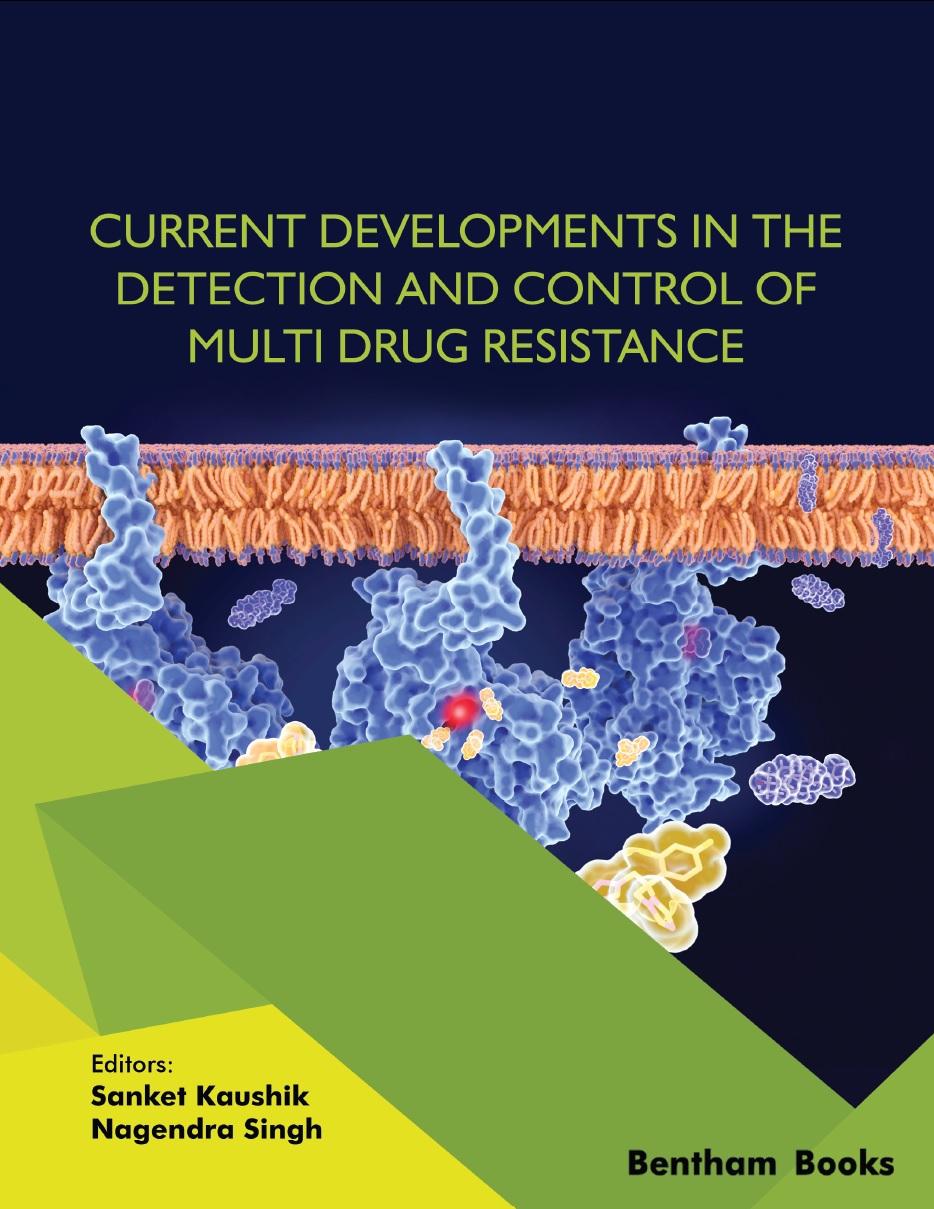Molecular Mechanisms of Antimicrobial Resistance and New Targets to Address Current Drug Resistance

- Authors: Divyapriya Karthikeyan1, Sudhir Kumar Pal2, Mukesh Kumar3, Kali Kishore Reddy Tetala4, Punit Kaur5, Sanjit Kumar6
-
View Affiliations Hide Affiliations1 Centre for Bio Separation Technology (CBST), Vellore Institute of Technology, Vellore, TamilNadu, India 2 Centre for Bio Separation Technology (CBST), Vellore Institute of Technology, Vellore, TamilNadu, India 3 Department of Biophysics, All India Institute of Medical Sciences, New Delhi, India 4 Centre for Bio Separation Technology (CBST), Vellore Institute of Technology, Vellore, TamilNadu, India 5 Department of Biophysics, All India Institute of Medical Sciences, New Delhi, India 6 Centre for Bio Separation Technology (CBST), Vellore Institute of Technology, Vellore, TamilNadu, India
- Source: Current Developments in the Detection and Control of Multi Drug Resistance , pp 89-125
- Publication Date: July 2022
- Language: English
nbsp;Penicillin discovery has put forward great expectations and hope for the treatment of several infectious diseases. Inappropriate and excess use of antibiotics has led to the emergence of antibiotic-resistant (AMR) worldwide, which has become one of the greatest threats to global health. However, in the late 1940s, after approval, mass production (lead to reduced cost) and supply (lead to easy access to all people) led to the emergence of Antimicrobial Resistance (AMR). A similar behavioral pattern ensued as other classes of antibiotics were discovered (through increasing utilization to resistance). Substandard infection control practices in public healthcare settings eased the spread and transmission of resistant organisms and intensified antimicrobials' effect. The healthcare community responded with two major programs – Infection Control in the 1980s and Antimicrobial Stewardship (in the last decade). These programs depend on the end-user; however, while the importance of such global control and prevention programs cannot be disputed, these efforts alone are insufficient against the advent of AMR. Also, drug discovery has suffered from a shortage of exploitable bacterial target sites, leading to the slow evolution of novel potent drugs. nbsp;
-
From This Site
/content/books/9789815049879.chap9dcterms_subject,pub_keyword-contentType:Journal105


